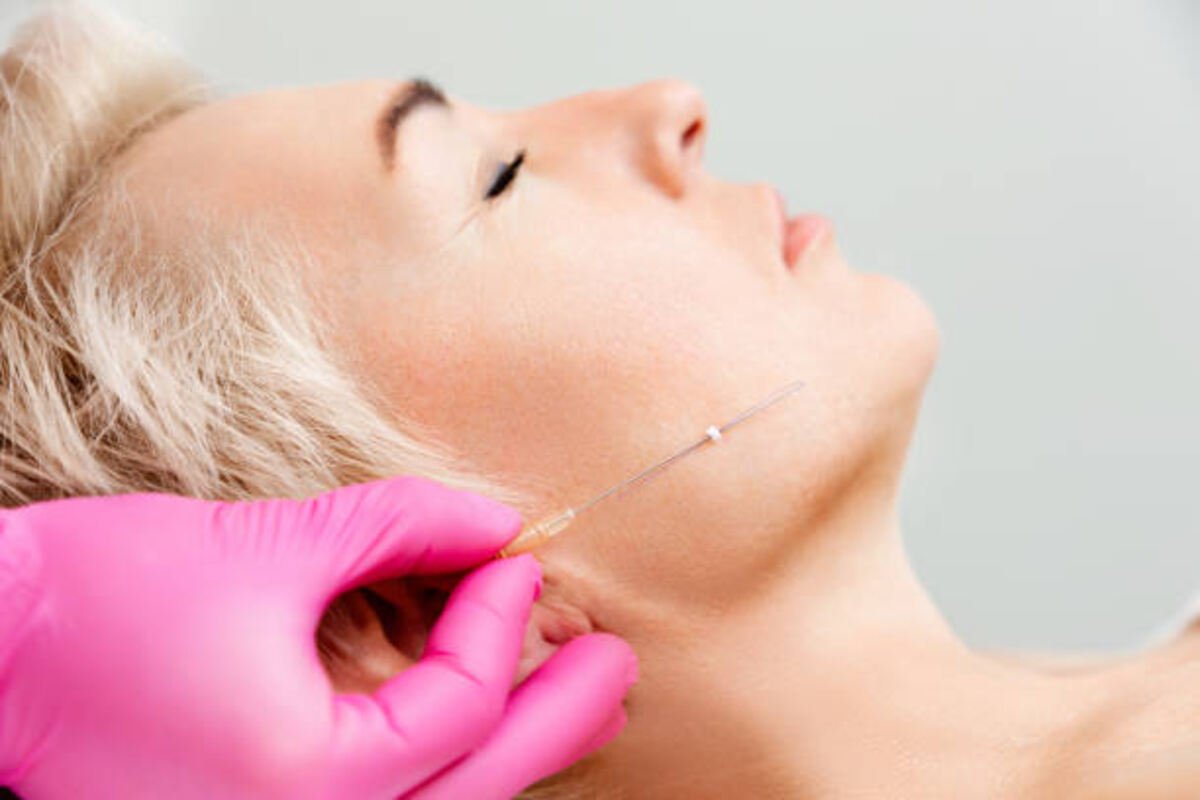Thread lifts offer an ideal alternative for individuals who have transitioned beyond non-invasive treatments yet don’t want or can’t commit to surgical facelift procedures. They can also be combined with other cosmetic procedures for more significant effects. Typically the Interesting Info about لیفت با نخ.
Thread lifts employ surgical sutures with cone anchors or mini barbs to hold skin and deeper tissue into their more youthful positions, according to surgeons. Over time, these threads will dissolve naturally, leaving behind subtle results.
Cost
Thread lifts are less expensive than surgical facelifts, and for the most outstanding results, they can be combined with non-invasive therapies. The type of thread used and the area of the face it is inserted in determine the cost of a thread lift; the result varies depending on the practitioner doing the treatment.
PDO thread lifts use dissolvable threads made of polydioxanone that are gradually absorbed by the body over time and are inserted through small incisions into targeted areas for lifting. They also stimulate long-term collagen production to prevent future sagging.
As thread lifts are intended for subtle, temporary results, people seeking dramatic transformation should consider other treatments like surgical facelifts or facial implants as better choices.
Any person living with chronic disease or pregnant should avoid thread lifts. Also, those at risk of blood clots, having an autoimmune disorder, keloid scarring, or increasing chances of skin infections should seek advice before getting thread lifts done. For optimal results, it is wise to seek an experienced practitioner who is experienced with PDO thread lifts and will ensure that the procedure is carried out safely and precisely.
Procedure
Thread lifts are noninvasive treatments that utilize biodegradable sutures to tighten and lift skin without surgery, stimulating collagen production while being less costly treatments that address wrinkles or sagging in the face, neck, or jawline areas.
Thread lift procedures typically last 45 to 1 hour and are performed under local anesthesia, so discomfort should subside after the treatment has concluded. Once your thread lift is complete, you can resume normal activities; however, it’s essential to avoid touching or massaging the treated area as this increases the risk of complications.
Before opting for a thread lift, it’s crucial to select an experienced surgeon. Look for one with board certification in plastic surgery who is familiar with this treatment and can advise you on the optimal approach and expected outcomes. Also, ask to see before-and-after photos of their work, as this can provide added peace of mind.
The usual adverse effects of thread lifts are redness and itching, which go away a few hours after the surgery, and sometimes some minor bruising, which usually does not influence the outcome of the therapy. You should expect your results to last about one year, though they will begin fading.
Recovery
Thread lifts are quick, non-invasive procedures that offer stunning results with little downtime or expense compared to surgery. Their advantages also exceed their disadvantages, so before implementing their strategy, anyone should think about obtaining one and discussing any possible side effects with their healthcare professional.
Most treatments for thread placement will be done under local anesthesia to eliminate pain or discomfort during the procedure. Once cleaned and assessed, threads will be marked into position on your treatment area for placement. It is also advised to avoid taking medications that increase bleeding, such as Ibuprofen, for at least one week prior to starting this treatment process.
At each appointment, a clinician will insert threads in the desired area, where they will start stimulating collagen and tightening the skin. Patients can expect results within weeks after their appointment; however, these effects of thread lifts will only last for a while and may begin fading over time.
Importantly, thread lifts cannot treat surface-level issues like blemishes and scars directly; they should instead be used as part of other rejuvenation techniques – neurotoxins, fillers, or surgical facelifts – for facial rejuvenation purposes. A thread lift may even help delay needing a surgical facelift.
Complications
Through the application of biodegradable sutures positioned beneath the skin, thread lifts are minimally invasive treatments that tighten and firm drooping tissue without the need for hospital stays or incisions. Treatment typically lasts one or two hours, and results can last years! As for the longevity of these threads being absorbed into the body over six months – no worries there!
Infection is the primary complication associated with this procedure and should be treated promptly by a surgeon using antibiotics. In some instances, they could also remove the threads; another concern is that they might migrate and cause uneven facial characteristics, which can be fixed by re-inserting the threads.
Some patients experience puckering due to threads pushing against surrounding tissues, and surgeons can remedy this by massaging or dislodging sutures. Dimpling may also occur as threads pull on tissues under the skin.
Thread lifts offer an ideal alternative for individuals seeking to rejuvenate sagging tissue without the risks associated with facelift surgery, but they aren’t candidates. Less expensive than facelifts, thread lifts do not involve general anesthesia or time off work and don’t carry as many risks of bleeding, extensive bruising, and scarring; many aesthetic practices also offer financing plans to make treatment affordable.
Read also: Emotive Disorders – What Handles Your Conscious Point Associated With Focus?

